Love him or hate him, it’s hard to deny how iconic Rob Zombie’s “House of 1000 Corpses” is — introducing us to the demented Firefly family.
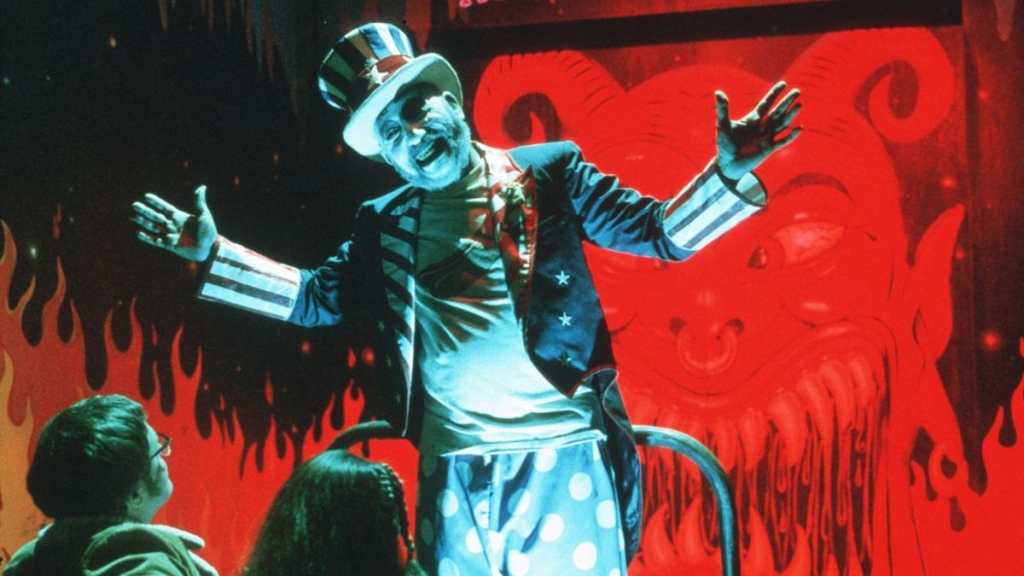
Until 2003’s House of 1,000 Corpses, Rob Zombie was best known for his horror movie-inspired shock rock and the singer of White Zombie.
The film was completed in 2000 but wasn’t released until 2003. House of 1,000 Corpses changed distributors many times due to its graphic content. Production was halted due to budgetary constraints. The film, conceived by Zombie when he was working on a haunted attraction design for Universal, was panned by critics but eagerly received by horror fans.
House of 1,000 Corpses had an estimated budget of $7-14 million and sold out quickly at United Kingdom’s Fright Fest. It earned $3 million on its limited opening weekend, $12 million in the US, and an additional $4 million worldwide.
Critics panned the movie’s plot, calling it “immoral,” and Zombie attributed this to the hype surrounding the film’s release after three years of anticipation.
The landscape of House of 1,000 Corpses is a kitschy macabre funhouse inhabited by a cast of cartoonish psychotics, the Firefly family. The film introduced horror fans to a cast of iconic characters. We first meet Captain Spaulding (Sid Haig), a carny-type character who runs a unique hybrid gas station that houses a museum of macabre oddities where you can buy the best-fried chicken in Ruggsville, Texas. Spaulding has another attraction besides oddities, the Murder Ride, during which he tells the twisted tales of serial killers.
Spaulding dresses in full clown makeup, which could only make one think of the infamous real-life killer clown, John Wayne Gacy.
We meet Otis Driftwood (Bill Moseley), whose psychotic rantings and ravings are reminiscent of Charles Manson. The aptly-named Baby (Sheri Moon Zombie) is serial killer Barbie brought to life who recites nursery rhymes and plays guessing games with her victims as she tortures them. Zombie assembled a cast of actors who can be both frightening and comedic at the same time.
The dialogue is clever, gritty, and off the wall, and their antics push boundaries. In a memorable scene, Otis terrorizes a victim by wearing her father’s face as a mask.
House pays homage to classic horror with a purposely formulaic plot.
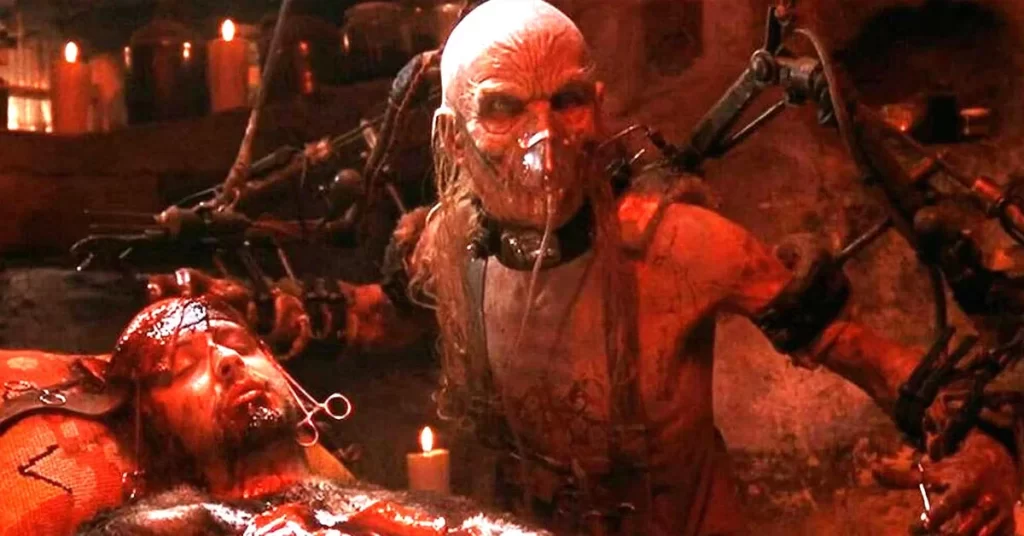
Four young people get stranded in a small Texas town and meet a family of psychos. Jerry, Bill, Denise, and Mary (Chris Hardwick, Rainn Wilson, Erin Daniels, and Jennifer Jostyn) sit stunned as they are introduced to one out-of-this-world character after the next.
Also included is an original urban legend about Dr. Satan, the psychotic doctor who tortured patients at the local insane asylum. Eventually, an angry mob killed him by hanging him from a tree.
Zombie uses some interesting imagery and symbolism. He sends even sends the final girl down a hole dressed in a rabbit costume to find out that the boogeyman is real.
How the movie came together is just as interesting as the movie itself. I took the movie as being a homage to Grindhouse films. Zombie conceived the idea for the movie in 1999 while designing a haunted attraction for Universal Halloween Horror Nights. Universal was happy with the attraction Zombie designed and asked him to come up with another idea for the following year.
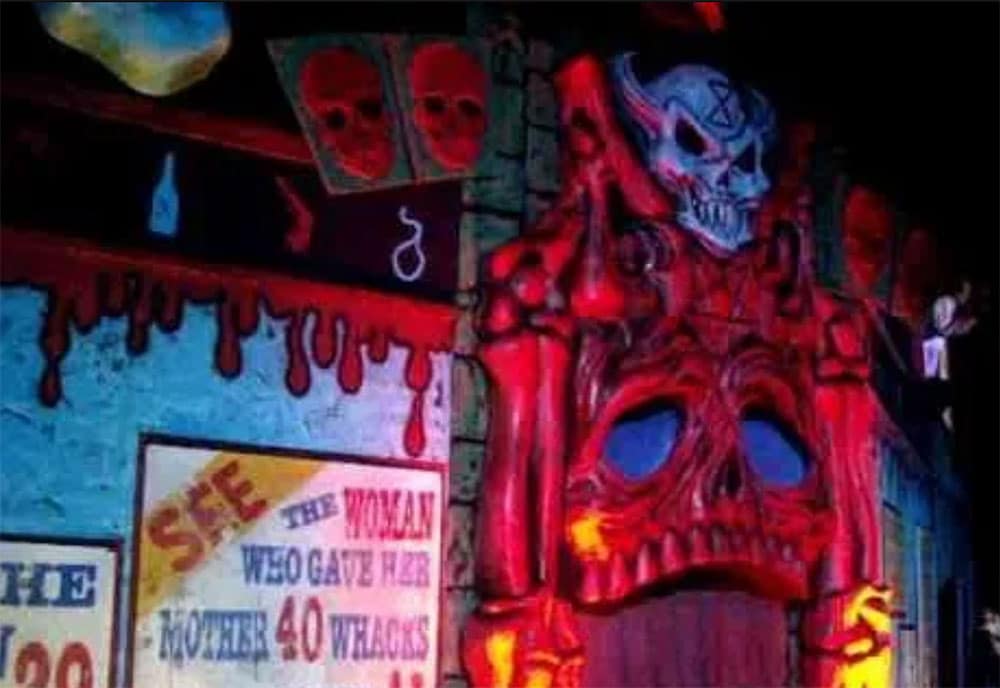
“Once I had the title in my head, I started coming up with a story for a haunted house, and then I ended up in a meeting, and I pitched it as a movie, and they loved it. By the time the next Halloween rolled around, we had already shot the film and built the attraction now based on the film,“ Zombie said.
Zombie named many of the characters in the movie after characters played by comedian Groucho Marx: Captain Spaulding (Animal Crackers), Otis Driftwood (A Night at the Opera), Rufus R.J. Firefly (Duck Soup), Hugo Firefly or Hugo Z. Hackenbush (A Day at the Races), and Quentin Quale (Go West).
Zombie was a big fan of the Marx Brothers growing up. There’s even talk of Zombie directing a Groucho Marx biopic.
Zombie intended House of 1,000 Corpses to be a more serious 70s grindhouse-style movie, but it ended up campier than he anticipated.
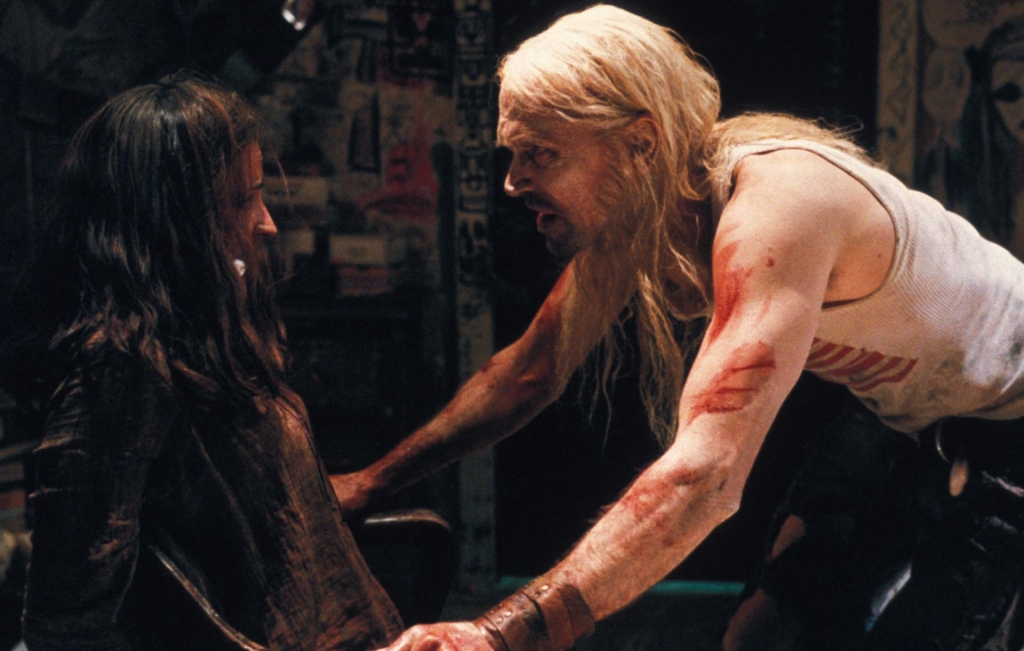
“Movies sometimes dictate their own course, so I just sort of went with it,” Zombie told the AV Club.
Zombie ran out of money during filming. He kept funding issues to himself during filming, despite being stressed, to keep the cast motivated and happy.
“My big thing was protecting the actors. Keeping them happy because I thought they were doing a wonderful job. I wanted them to stay focused. Whenever there were problems, I’d never let them know. I told them once we wrapped, and they were like, ‘Oh, my God! All that was going on? I had no idea.’ I find that people work harder when they’re happy. You can’t start yelling and screaming at them,” Zombie said.
Once the money ran out, Universal shut down production. However, Zombie was determined to complete his project. So, he started filming in his basement.
In an interview with About Film, Zombie said that many scenes were filmed with his own money, such as when Otis tortures the captive cheerleaders and Baby plays with a skeleton.
Zombie did have another dilemma — he still had to shoot the film’s ending.
The original version of the movie includes an ending that Zombie said sucked. He was sure that Universal would agree. He decided to let Universal see the movie with the original ending hoping that they would give him additional funds for reshoots. Zombie’s plan worked.
Once the film was complete and Universal saw Zombie’s brainchild, they weren’t pleased.

The film received an NC-17 rating, which would eventually become an R rating after Zombie made several cuts to the film.
Zombie pointed out that, at the time, the Columbine High School shootings were still fresh in everyone’s mind, and the political climate was toxic.
“…I just think that our movie seemed like too big of a publicity risk for the studio, and it wasn’t worth it to them because [the film] was not going to make them $100 million,” Zombie said.
Zombie decided to try other distributors. MGM was interested but dropped the film after Zombie made a joke that they didn’t like.
“I made some comment jokingly about MGM having no morals, so they have no problem releasing the film. They didn’t find that funny, so they kicked me outta there.”
In 2002, Lionsgate picked up House of 1,000 Corpses for distribution.
After the ordeal of making and getting the film released, Zombie said that he did enjoy making the film.
“It was 100% f*cking awesome. With music, I was like, wow, I’m on stage playing an arena with Alice Cooper… surreal. But movies were always the bigger passion, and to be on the Universal lot, eating my dinner on the front steps of the Munsters‘ house, ready to go back to work… I didn’t want the days to end. Sure, problems ensued, but that’s life.”
Zombie masterfully fused many elements together to make an underrated modern-day classic.
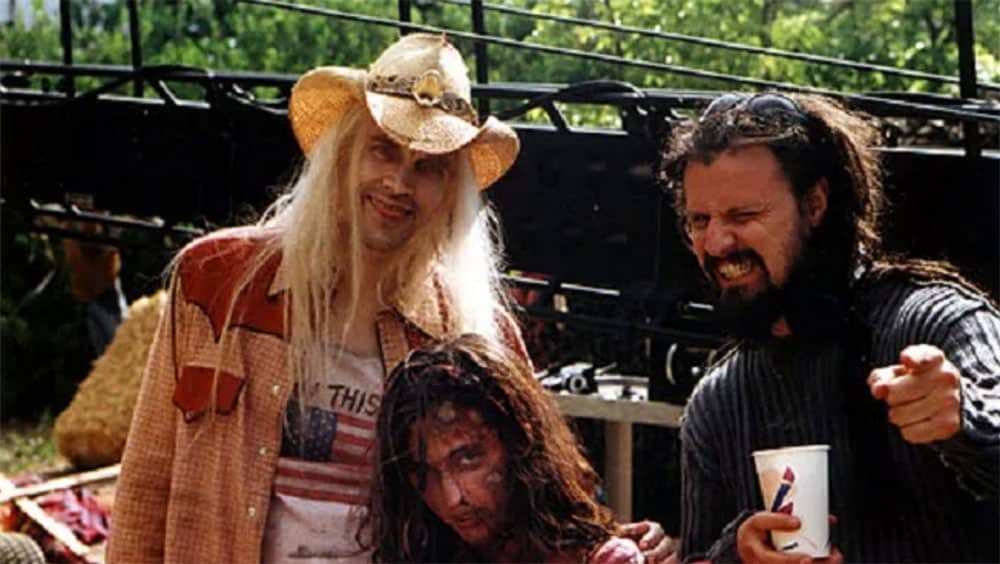
House of 1,000 Corpses is the perfect homage to 70s exploitation and slasher films.
It takes the basic plot elements of a slasher. And it fleshes them out to larger-than-life proportions with the introduction of the Firefly family, an iconic family to rival the Sawyers of Texas Chainsaw infamy.
It’s the hyperbolic elements and the rawness of the dialogue, plus the amped-up gore, that makes it a cult classic.


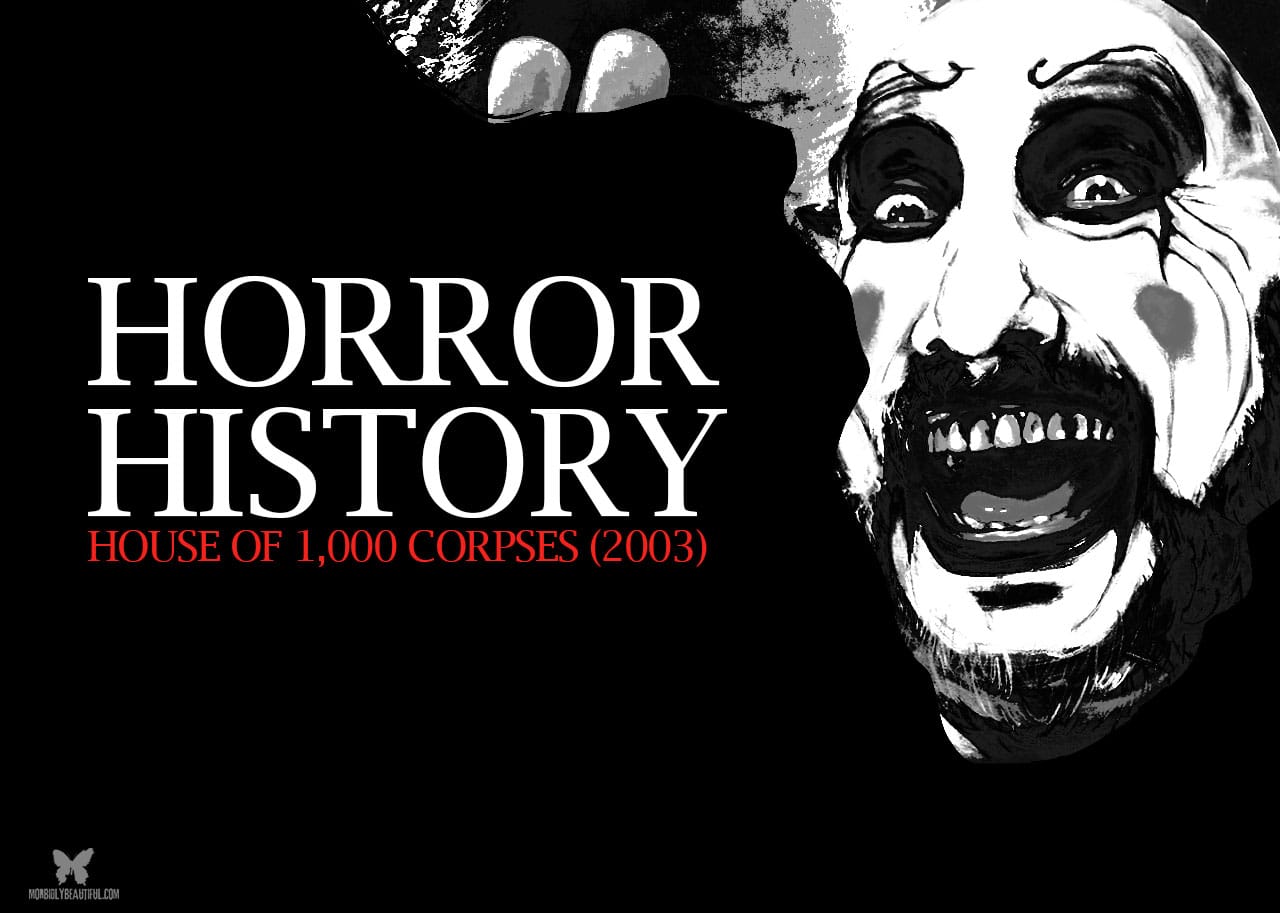
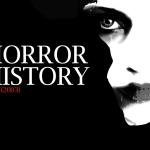
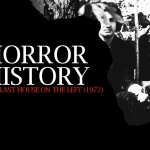
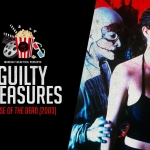
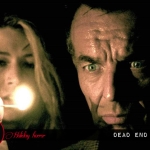








Follow Us!